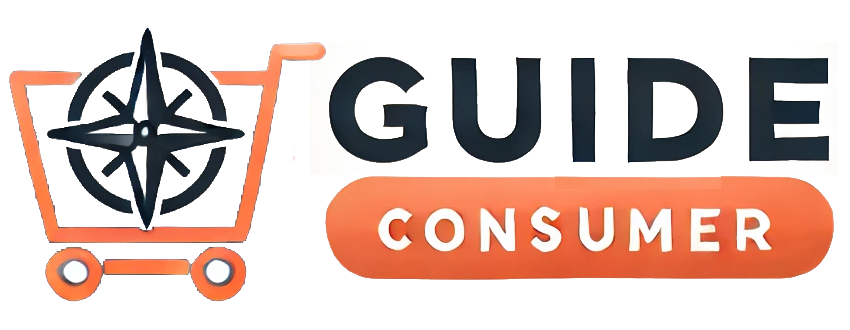Refinancing a mortgage can be a strategic financial move, potentially saving you money or allowing you to access home equity for other needs. Whether you're looking to secure a lower interest rate, reduce your monthly payments, switch loan terms, or consolidate debt, refinancing can be a powerful tool to improve your financial situation. It can also provide a way to tap into the equity you've built in your home, offering funds for major expenses such as home renovations, education, or unexpected financial emergencies. However, while the benefits of refinancing can be significant, the process is riddled with potential pitfalls that could cost you dearly if you’re not careful.
Many homeowners rush into refinancing without fully understanding the long-term implications, leading to higher costs, extended loan terms, or even financial strain. Hidden fees, unfavorable loan conditions, and poor timing can turn what seemed like a beneficial decision into an expensive misstep. Additionally, failing to assess personal financial stability, market trends, or alternative lending options can result in less-than-ideal refinancing terms.
Not Shopping Around for the Best Rates
The mortgage refinancing market is competitive, with numerous lenders vying for your business. Failing to shop around for the best rates is one of the most common and costly mistakes. Many borrowers tend to stick with their current lender out of convenience, but this can lead to missed opportunities for better deals elsewhere. Comparing offers from different lenders, including online banks and credit unions, can reveal more favorable terms you might not be aware of otherwise.
When you shop around, pay close attention to the interest rates as well as the terms and conditions of each offer. Keep in mind that even a small difference in interest rates can translate into significant savings over the life of the loan. Be sure to ask about all fees involved to get a true picture of each refinancing offer.
Ignoring the Break-Even Point
Refinancing your mortgage often involves closing costs, which can range from 2% to 5% of the loan amount. It’s crucial to calculate your break-even point, which is the time it takes for the savings from the lower interest rate to cover the closing costs of the refinance. Ignoring this calculation can lead to financial losses, especially if you plan to sell the house or move before reaching the break-even point.
To determine your break-even point, divide the total cost of refinancing by the monthly savings from the reduced interest rate. If the break-even point is further away than your anticipated move date, refinancing might not make sense.
Extending the Loan Term
While refinancing can help lower your monthly payments, extending the loan term is not always a good idea. By resetting your loan to another 30 years, even at a lower interest rate, you could end up paying more in interest over the life of the loan. This is particularly true if you are several years into your original mortgage and then refinance to stretch out the term again.
Before deciding on the term of your new mortgage, consider how it will impact your overall financial goals. If lowering monthly payments is necessary for your current financial situation, refinancing may be a viable short-term solution. However, if long-term interest savings or building equity faster is your priority, you might benefit more from choosing a shorter loan term.
Overlooking Fees and Closing Costs
When refinancing, many homeowners focus solely on securing a lower interest rate, neglecting the additional costs associated with the process. These can include appraisal fees, origination fees, and closing costs, among others. Overlooking these expenditures can quickly negate the financial benefits of a lower interest rate.
Be thorough in reviewing the loan estimate provided by each lender. This document outlines all anticipated costs of the transaction, helping you to compare different offers comprehensively. Always inquire if any of these fees can be waived or reduced. Some lenders may offer no-cost refinancing options, but these often come with higher interest rates.
Neglecting to Check Your Credit Score
Your credit score plays a critical role in determining your eligibility for refinancing and the interest rate you might receive. Neglecting to check and improve your credit score before applying for refinancing is a mistake that can cost you thousands of dollars in additional interest payments.
Before starting the refinancing process, obtain copies of your credit report from all three major credit bureaus and scrutinize them for accuracy. Dispute any errors you find and take steps to improve your score if necessary. This might include paying down existing debt, avoiding new credit inquiries, and making all bill payments on time.
Underestimating the Impact of Adjustable-Rate Mortgages (ARMs)
While an adjustable-rate mortgage may offer lower initial interest rates compared to a fixed-rate mortgage, failing to understand the risks involved can lead to significant financial stress. Many homeowners opt for ARMs without fully realizing how rate adjustments can increase their payments dramatically over time, especially in a rising interest rate environment.
If you choose to refinance with an ARM, make sure you understand how often and by how much the interest rate can change. Assess your ability to make higher payments if rates increase. If you expect to stay in your home only for the period the ARM provides a fixed rate, this option may be cost-effective. However, if you'll still be in the home when the rate begins to adjust, consider a fixed-rate mortgage for more predictable monthly payments.
Not Considering Cash-Out Refinancing Wisely
A cash-out refinance allows you to take out a new mortgage for more than you owe on your house and pocket the difference. While this can be a convenient way to access cash for home improvements or debt consolidation, it is crucial to consider the implications.
Using the proceeds for non-essential expenses or to pay off short-term debt can lead to further financial complications, as you’re increasing the amount you owe on your home. Always ensure the funds are used to improve your financial situation, not worsen it. Investments that add value, such as home upgrades or paying off high-interest debt, might warrant cash-out refinancing.
Failing to Lock In a Good Rate
Interest rates can fluctuate significantly between the time you apply for refinancing and when the loan is finalized. Failing to lock in a good rate when market conditions are favorable can result in higher payments than expected. Many lenders offer the option to lock in a rate upon approval, which secures the rate until closing.
Discuss with your lender the best time to lock in your rate based on market trends and your financial situation. Bear in mind that some rate locks come with fees or restrictions, so ensure you’re clear on what you’re agreeing to.
Overlooking Potential Tax Implications
Refinancing can have tax implications, especially when you’re using it as a strategy for cashing out equity or consolidating debt. The interest on mortgage debt used for other purposes might not be tax-deductible, and ignoring this can result in complicated financial situations at tax time.
Consult a tax advisor to understand how refinancing might affect your tax liabilities. This is especially important if you plan to use funds from a cash-out refinance in ways that change the deductibility of the mortgage interest.
Not Reading the Fine Print
The sheer volume of paperwork involved in refinancing can be daunting, but it’s crucial to read and understand the details before signing. Overlooking important clauses in your loan documents can lead to unexpected costs and restrictive terms.
Before closing, read every document thoroughly and ask your lender to clarify anything that you don’t understand. Pay close attention to terms related to penalties, interest adjustments, and other fees. If possible, have a legal or financial expert review the documents alongside you.
By avoiding these common yet costly refinancing mistakes, you can ensure that the process serves your financial goals without unintended consequences. Careful planning and thorough research will empower you to make choices that align with your long-term financial well-being, ultimately turning refinancing into a strategic advantage rather than a costly misstep.


